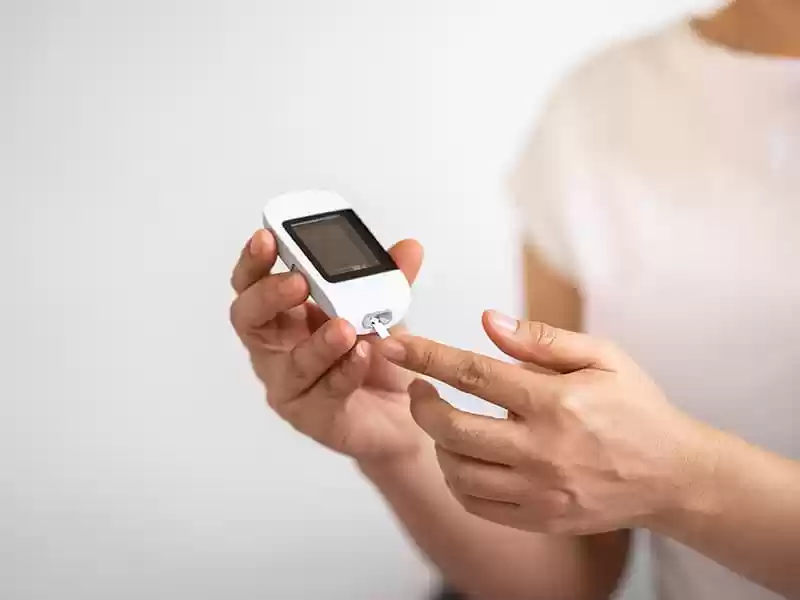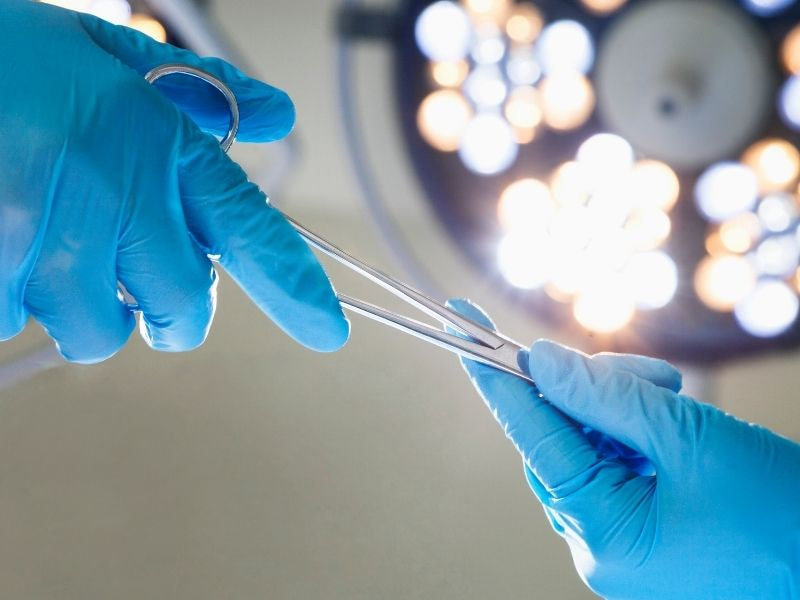Many diseases can be associated with obesity. Obesity can also cause other diseases. One of these diseases is Type 2 diabetes. If this disease progresses, the person will have a lot of difficulties and needs to be treated. Treatment can be provided with diabetes surgery.
What is Diabetes Surgery?
Diabetes surgery is also known as diabetes surgery. Diabetes surgery aims to control the person's diabetes. People with type 2 diabetes have insulin resistance. Since the stomach of overweight people is larger than people with normal weight, the hunger hormone is secreted more. Therefore, the person feels more hunger. Thus, the need to eat more and more often arises. People with obesity have longer intestines and more villi. The villi provide food absorption. Since food absorption is provided until the end of the small intestine, undigested food cannot reach the end of the intestine. For this reason, the glp-1 hormone cannot become active. As a result of all these events, blood sugar rises because insulin in the pancreas cannot be released. This leads to diabetes. Diabetes surgery is performed to solve all these problems. The surgery enables the use of insulin produced in the body.
How is Diabetes Surgery Performed?
There are many different ways for diabetes surgery. The types of diabetes surgery operations can be listed as follows:
Sleeve gastrectomy; In sleeve gastrectomy, the patient's stomach volume is reduced. In this way, the person eats very little and feels less hungry. In this way, the person loses weight. Thanks to this weight loss, obesity can be overcome by getting rid of excess weight. Since obesity is under control, the symptoms of type 2 diabetes are also eliminated.
SJIT; Another method used for diabetes surgery is known as SJIT. In this method, unlike sleeve gastrectomy, a connection is established from the beginning and end of the small intestine. The aim here is that some foods reach the last part of the small intestine without being digested. In this way, the glp-1 hormone is secreted. Thus, the person's diabetes improves.
Gastric Bypass; It is a preferred method for diabetes surgery. In this method, a bag is created in the stomach and the lower part of the small intestine is combined with this bag. The separated upper part of the small intestine is reconnected to the lower part to increase food absorption.

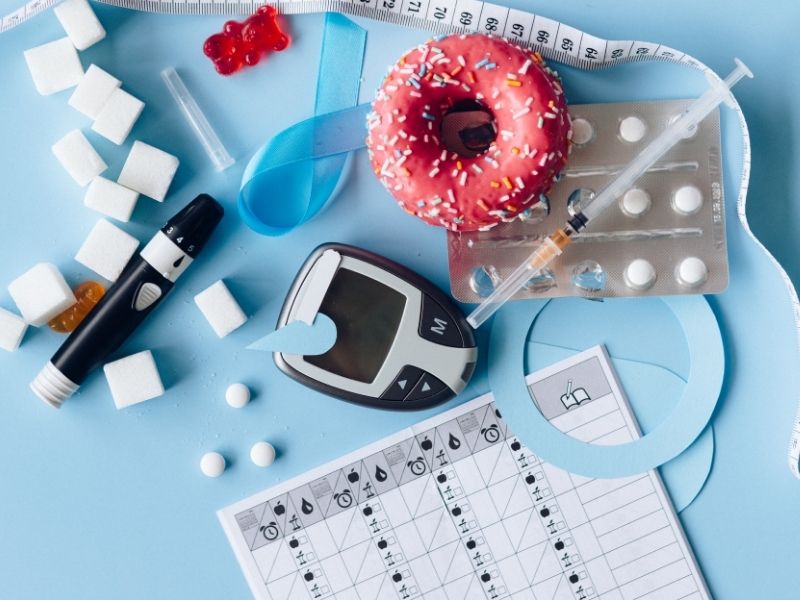
Risks of Diabetes Surgery
As with any surgery, there are some risks in diabetes surgery. Although the risks of diabetes surgery are quite low, they can be listed as follows:
Risk of bleeding,
The problem of narrowness,
Clot problem
Possibility of being a fugitive
Who is Diabetes Surgery Applied to?
Diabetes surgery is applied to people who have diabetes due to their excess weight. For this surgical procedure to be applied, the person's body mass index must be above 30. It is applied to type 2 diabetics. It can be applied to people between the ages of 18-65, but more successful results can be obtained in patients younger than 40. It has also been observed that more successful results are obtained in people who have had diabetes for less than 8 years. It is also important that the first choice of the person is not surgery. Without surgery, there is less risk for the person to turn to other treatment methods. The C-peptide level before surgery is also important. The pancreas still needs to produce insulin to undergo surgery.
Before Diabetes Surgery
In diabetes surgery, people are hospitalized 1-2 days before the operation. Laxatives may be given to clean the intestines. Blood sugar and hypertension are measured. Fasting insulin level, HbA1c level and C-peptide are also measured. No solid food is consumed the day before the operation. Liquid intake is required. Nothing should be eaten for 12 hours before the operation. In this way, the intestines remain clean and there is no need for enemas.
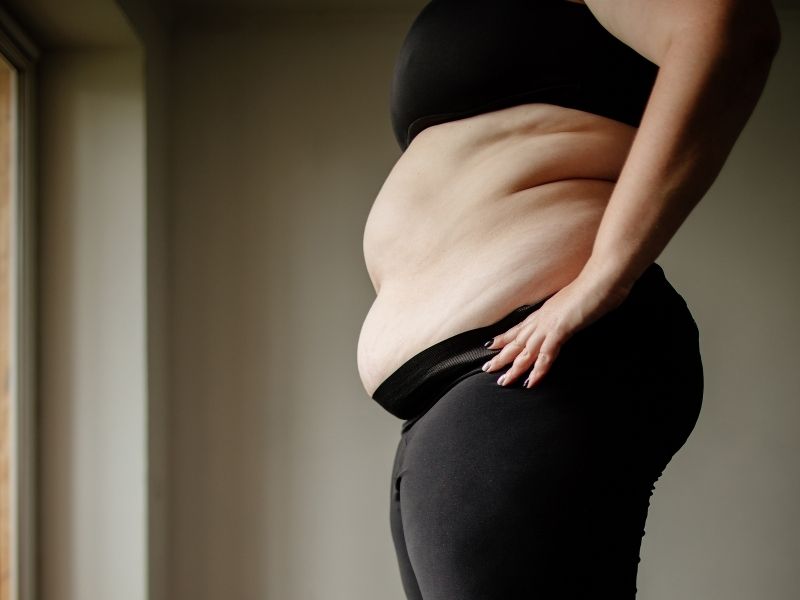
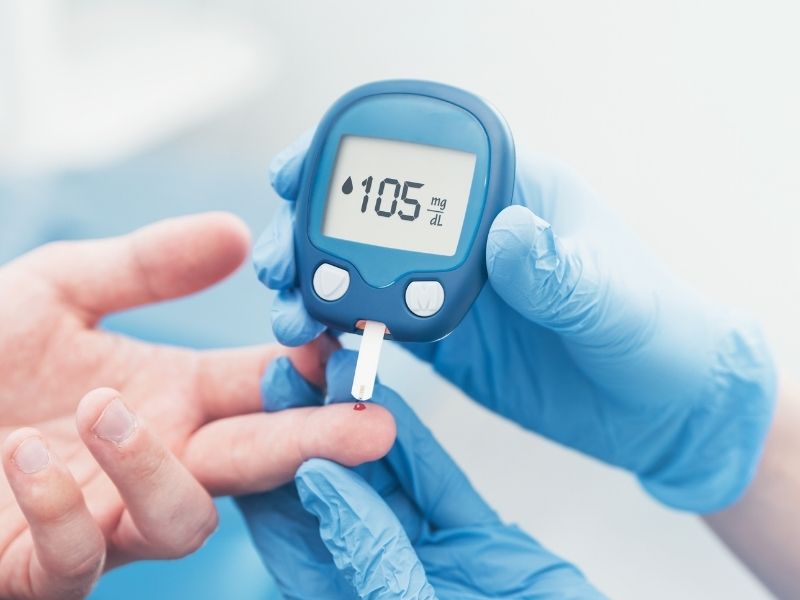
After Diabetes Surgery
Some vitamins and minerals may need to be used as a continuous supplement after diabetes surgery. It is important to eat at the level determined by the doctor after diabetes surgery. Since the stomach shrinks after surgery, the person does not feel too much hunger, so there is no difficulty in following the diet. It is important to pay attention to dehydration after surgery. For this reason, sufficient water should be consumed.
Recovery Process After Diabetes Surgery
Defecation may increase after diabetes surgery. Although this condition lasts between 1-3 months, it has been observed that it can last up to 6 months. It is necessary to consume at least 1.5 liters of water. Diabetes makes the body's water balance different. After surgery, it is necessary to try to maintain this balance. Water is more important than meals in the recovery process after diabetes. Because after this surgery, the person may not feel thirst as well as hunger.
How is metabolic surgery performed?
Metabolic surgery is performed by closed method. 4-5 incisions are made on the patient and the surgery is performed by entering inside.
Who is Diabetes Surgery applied to?
Diabetes surgery is applied to type 2 diabetics whose insulin stores are not depleted. At the same time, the person must have a body mass index of 30 and above.
How many days will the patient recover after diabetes surgery?
After diabetes surgery, the patient may need to be hospitalized for 3 or 4 days. After 7-10 days, he/she can continue his/her normal life.
Can type 2 diabetes be cured with surgery?
Type 2 diabetes can be corrected with surgery. However, not every person may be suitable for surgery.
How long does diabetes surgery take?
Diabetes surgery is a laparoscopic surgery. The duration of this surgery varies between 2-3 hours.


